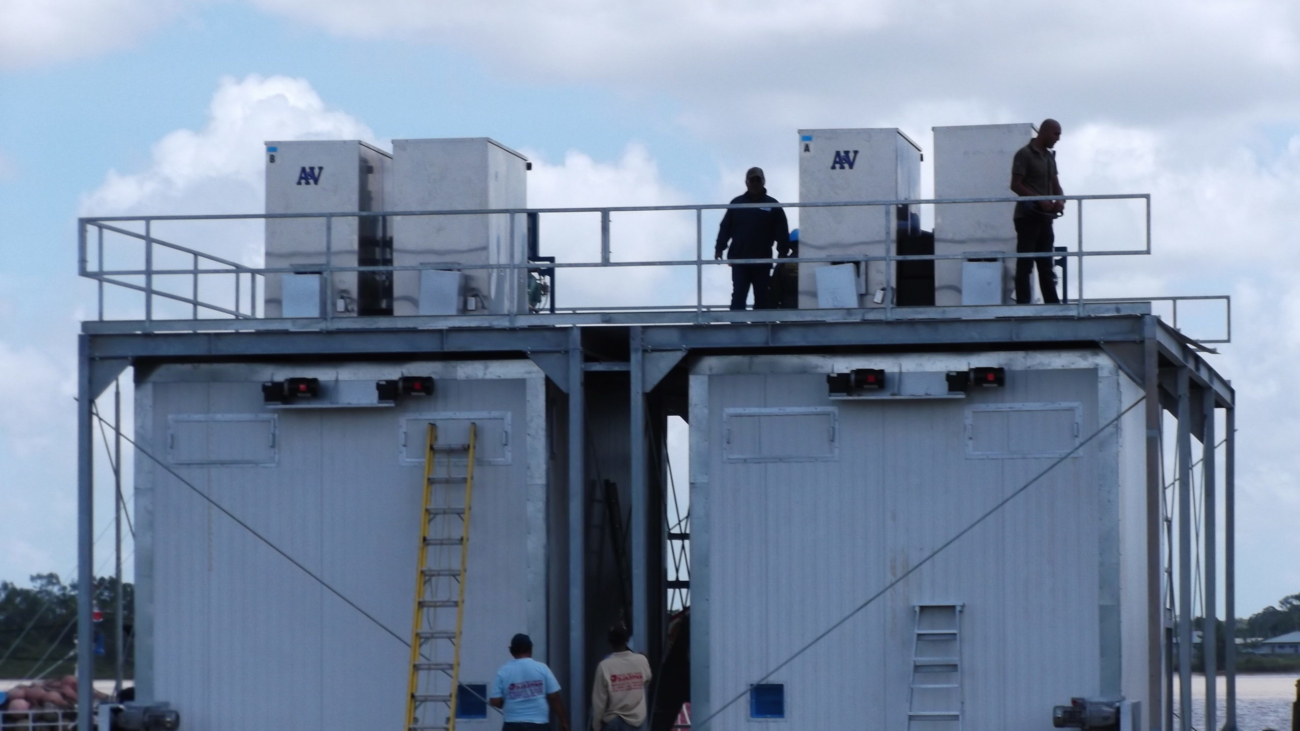Keeping your fish properly stored and cooled is extremely important to your livelihood if you are a fisherman. If your catch isn’t kept at a proper temperature it can spoil, which results in wasted goods and loss of income. There are a number of cooling methods, and shell ice is one way to keep your catch accurately cooled. SEMCO/SEMCOLD LLC can help you decide what storage solutions work best for your industrial cooling system.
Pros of Using Shell Ice
One of the biggest pros of using shell ice is that it lasts longer than many other forms, making it ideal for longer fishing trips or for boats that may encounter bad weather that can inadvertently lengthen the days at sea. Research has shown that shell ice can remain workable for seven days. As with all ice, shrinkage of shell ice occurs over time, but less so than with many other types.
Ice in general is the preferred cooling method on commercial boats, as it is cost-effective, versatile, and works to cool the fish right away. It also doesn’t bring in potentially toxic or foreign chemical agents, which keeps the fish safe for consumers.
Cons of Using Shell Ice
While shell ice can be beneficial in many situations, there are some cons to using it. Towards the end of seven days, the ice can be quite dirty. This can affect the quality of the fish and may even make it unusable if too much of the dirt and grime contacts the fish.
If fully surrounding the fish is necessary, other types of ice such as slush ice may be better in order to cool the product effectively and quickly. Shell ice, and any type of ice, is also not as effective with seafood that needs to stay alive, such as lobster and crab. Ice can help keep the product cool in an indirect way, but cool seawater is typically the most effective cooling method in that situation. There are a number of alternate cooling products that SEMCO/SEMCOLD LLC offers for such occasions.
Planning for Your Trip is Crucial
A good fisherman knows that part of a successful fishing voyage is the planning process. Running out of ice part way through the trip can ruin the product and make the journey a waste. It is crucial that you take into consideration the amount of storage space that you will need for ice. Relevant factors include the length of the trip, the size of the boat, how much fish you plan on catching, and whether the boat has ice-making capabilities on board.
How much ice you take on the trip will also depend on what type of fish is being caught. Small, medium, and large fish all have different ice considerations and you should plan accordingly. You also want to take into account the local ambient temperatures so that you can anticipate ice loss due to heat gain in containers or hold. The fish market should also be a consideration. Fish that are of high value, such as bluefin or yellowfin tuna, swordfish, or mahi mahi, have stringent icing requirements compared to fish meant for local consumption.
The type of storage available will also determine how much ice is needed. The sizes of the hold space as well as the fact if it is insulated or not will make a big difference. One way to know if you have estimated the correct amount of ice is to measure it at the end of every trip. After all of the fish has been taken out, there should be some ice left over.
Make sure that your fishing expedition is successful by using the right cooling system. SEMCO/SEMCOLD LLC has a number of shell ice systems that can be designed and customized for your boat’s size and your fishing needs. Contact us for more information.

